In today’s digital age, a restaurant’s online presence is just as important as the food it serves. A thoughtfully crafted restaurant website design can be a powerful tool for attracting and retaining customers. It’s the first place many potential diners will encounter your establishment, and it should leave a lasting impression.
To help you create an amazing restaurant website design, we’ve compiled a list of design tips that will ensure your site stands out in a crowded online culinary landscape.
1. Start with a Clean and Engaging Homepage
Your homepage is like the front door of your restaurant. Keep it clean, uncluttered, and visually appealing. Use high-quality images of your food, restaurant interior, and staff. Include your logo and a clear, concise tagline that encapsulates your restaurant’s essence.
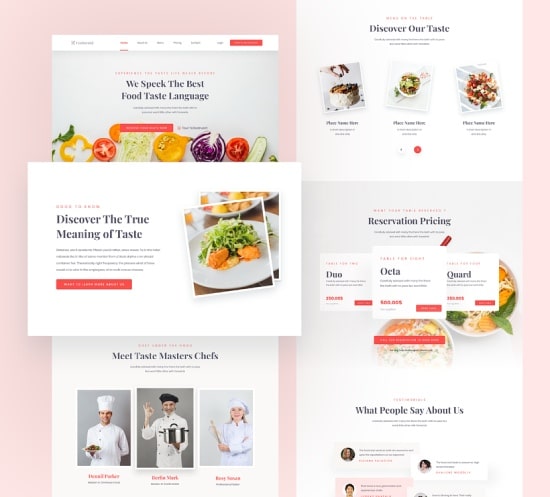
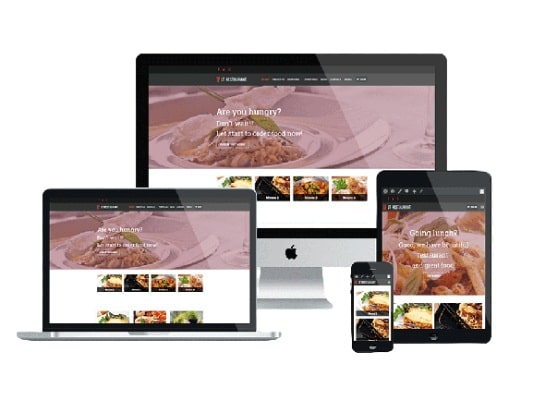
4. Responsive Restaurant Website Design
Make sure your restaurant website is responsive, meaning it adapts seamlessly to various devices and screen sizes. With the majority of users browsing on smartphones and tablets, a mobile-friendly responsive website design is a must.
5. High-Quality Imagery
Invest in professional photography for your dishes and restaurant interior. Mouthwatering visuals can entice visitors to make a reservation. Use images sparingly to maintain a fast-loading website.

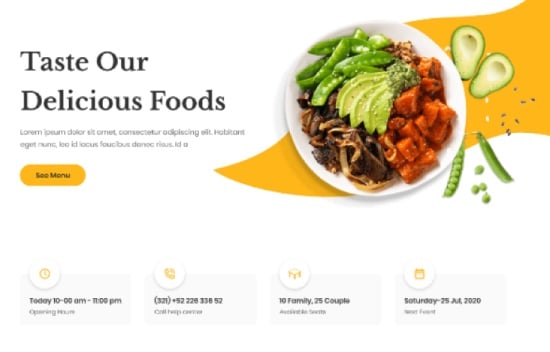
6. Color Palette and Typography
Choose a color scheme that aligns with your restaurant’s brand and ambiance. Use readable fonts for your content, and consider using elegant or playful fonts for headers and special sections to add personality.
7. Menu Presentation
Your menu is a crucial element. Display it with high-quality images and clear descriptions. Consider categorizing dishes (e.g. appetizers, entrees, desserts) to make it easier for visitors to explore. Remember that your menu is a primary reason why people visit your restaurant website, so investing in its presentation and usability is essential.
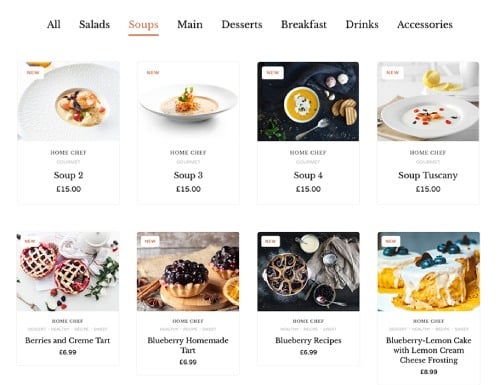

8. Accessible Design
Creating an accessible design for your restaurant website is not only essential for complying with legal requirements but also for ensuring that all visitors, including those with disabilities, can easily access and navigate your site. Use alt text for images, ensure proper heading structure, and offer keyboard navigation options.
9. Online Reservations
Online reservations are a crucial feature for restaurants, as they streamline the booking process, enhance customer experience, and improve operational efficiency. Allow customers to pick their preferred date and time, and send them confirmation emails. Make sure it’s mobile-friendly.
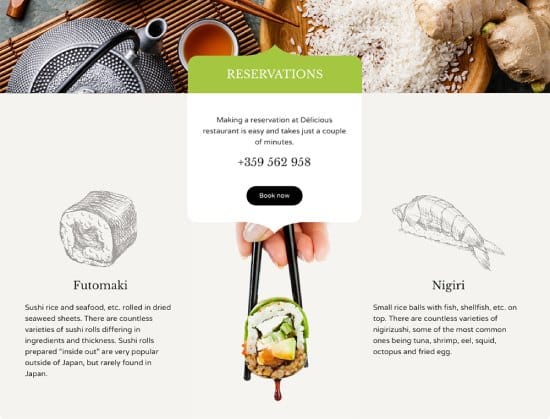
11. Contact Information and Location
Providing clear and accessible contact information and location details on your restaurant website is essential for attracting customers and ensuring they can easily find and reach your establishment. Ensure that your contact information and location details are easily accessible. Include a map with directions, and consider integrating Google Maps for user convenience.

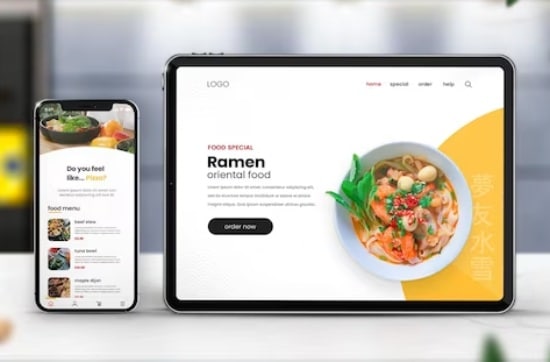
12. Mobile Optimization
Mobile optimization is a critical aspect of web design, especially for a restaurant website design, as many users access websites through mobile devices. A well-optimized mobile site can improve user satisfaction, increase engagement, and ultimately drive more business to your restaurant.
13. Social Media Integration
Link to your restaurant’s social media profiles and consider incorporating social media feeds to keep your website fresh and engaging. By effectively integrating social media into your restaurant website’s design, you can foster a sense of community, keep visitors engaged, and encourage them to connect with your restaurant across various platforms.


14. Optimize for Speed
Optimizing your website for speed is crucial to provide an excellent user experience, improve search engine rankings, and reduce bounce rates. Optimize your images and code for fast loading times, especially on mobile devices.
15. Regular Updates
Keep your website up to date with the latest menu items, promotions, and events. An outdated website can make visitors question the relevance of your restaurant. Regular updates not only benefit your online presence but also help drive traffic and customer loyalty.
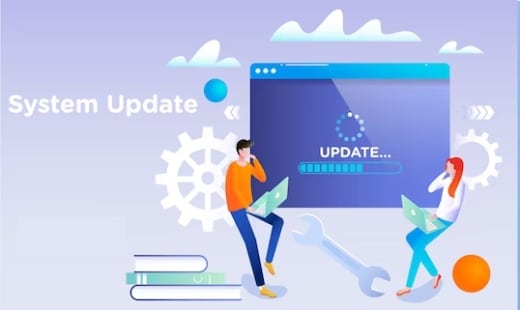
Conclusion:
Creating an amazing restaurant website design requires a thoughtful blend of design, usability, and functionality. Your website should not only showcase your culinary offerings but also convey the ambiance and personality of your restaurant. By following these design tips, you can create a visually appealing and user-friendly website that will entice diners to visit your establishment and keep them coming back for more culinary delights. Remember that your website is a reflection of your brand, so invest the time and effort to make it exceptional.


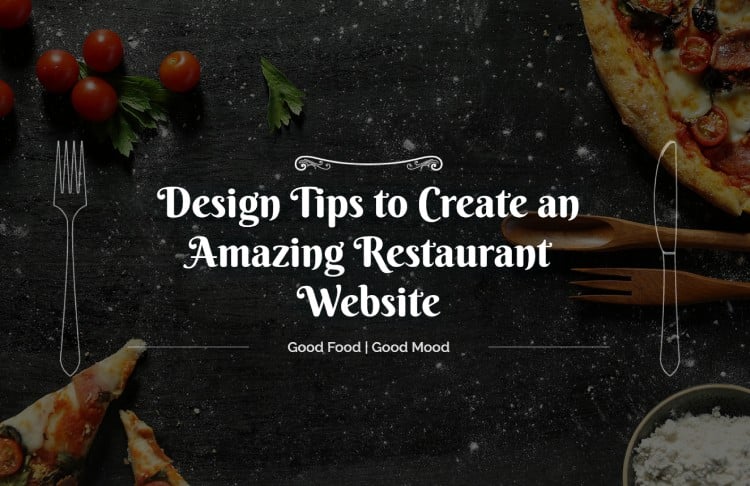
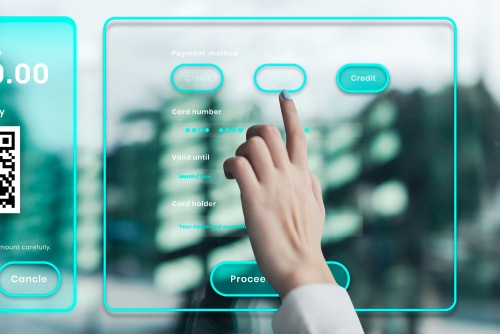






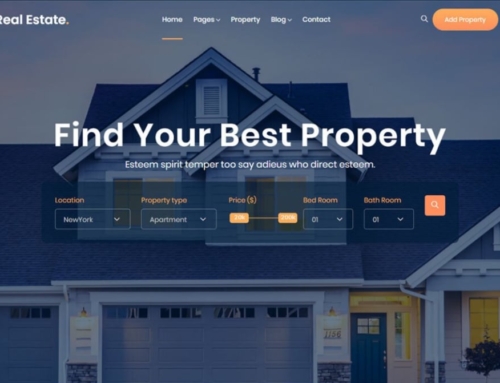
10. Social Proof
Social proof is a powerful marketing tool that can greatly influence potential customers’ decisions. Display customer reviews and testimonials prominently. Encourage happy diners to leave reviews on platforms like Yelp or Google, and showcase them on your website.